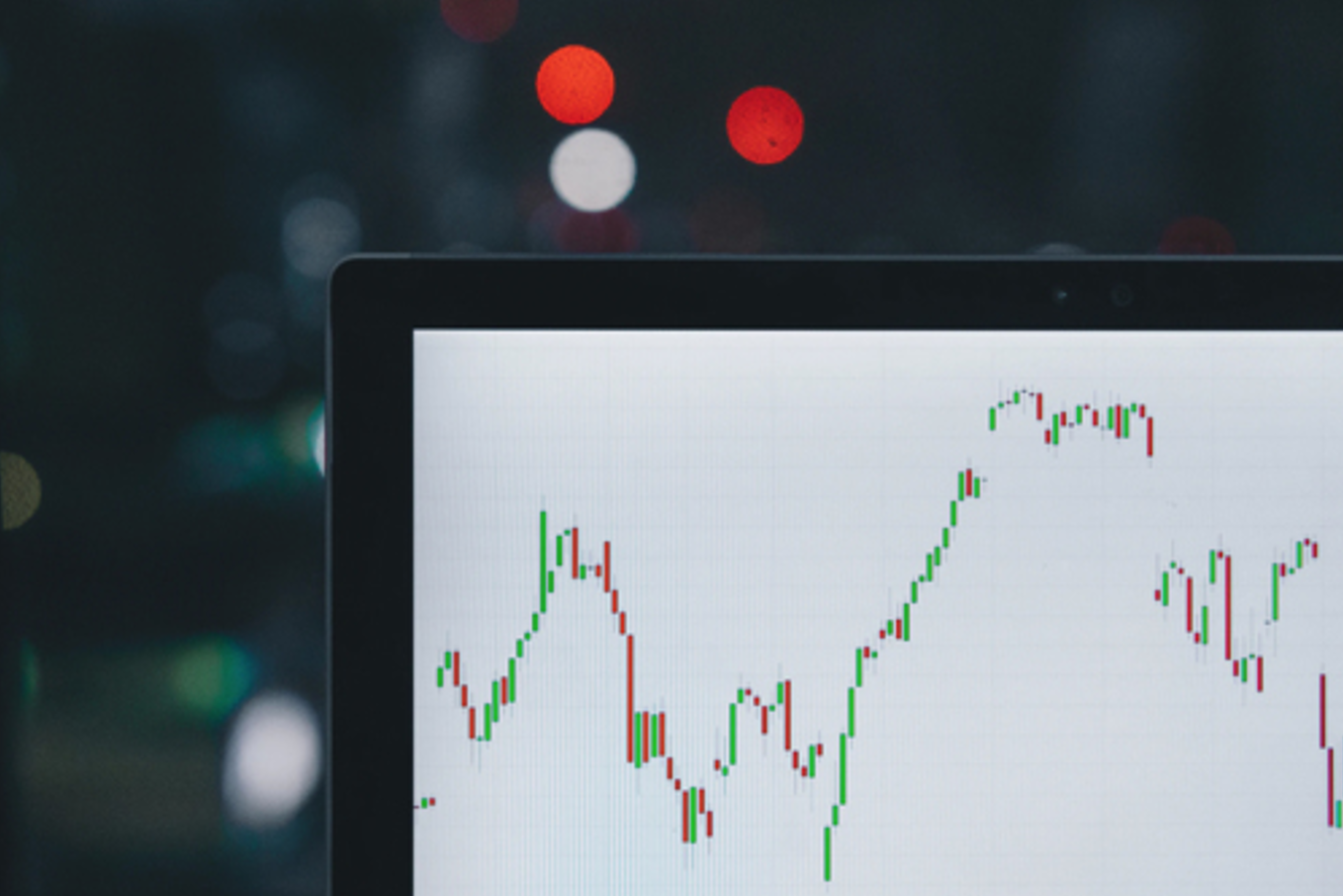PEW Research Statistics on American Economic Nemesis
2020.11.22
The intrigued health crisis has been too hard for innumerable class-wise individuals. The vitality of this perilous time and economic recessions chronically stakes out the economic indicators and GDP. This recession has caused 9.1 of decrement annual GDP re the United States of America in just a quarter of 2020. According to the Economic Bureau, to contain this economic lapse, at least 10 million jobs are to be created. These jobs cannot be produced overnight.
The estimated timeframe is at least three years making it to 2023. 1/4th of U.S. Adults say they or someone in their family has been either laid off or misplaced due to the coronavirus outbreak.

It makes 1/4th of the Working Populations – such a horrendous statistic. 32% of working (previously) individuals say that they or someone else from their family has taken a pay reduction because of decreased hours or call for their work. Usually, 42% say their family has experienced one or both of those.
These figures are largely unchallenged from those PEW Studies Center requested these questions in early May 2020. Lower-income adults remain on the top of the list stricken by coronavirus-associated job loss or pay cuts. It includes individuals from all spheres including Tech Industry, Fashion Industry, Wiley X Safety Glasses, Walmart, Amazon, and innumerable other leading chains countrywide.
A sizeable number of 47% of these with lesser income say they or a person in their family has had these horrendous economic implications, compared with 42% of those with middle earning and 32% of higher-income adults. These stories also vary via age.
Adults more youthful than 30 are more likely than those who are older, say that they or a person in their family has been laid off or taken a pay cut because of the outbreak.
Fifty-four percent of adults ages 18 to 29 say their household has had one or both of those stories, as compared with 48% of these ages 30 to 49. 40% of those 50 to 64 and 21% of adults of 65 and older are also on the top of the list in this economic recession.
Amongst Hispanic Americans, 53% say they or someone else in their family has both been laid off or taken a pay reduction on account of the coronavirus outbreak.
Greater ratios of white (38%) and black (43%) adults who say the same of their economic loss. 47% of Asian Americans say they or a person in their household has been laid off or taken a pay cut due to the outbreak.
1/2 of adults who say they were laid off because of the coronavirus outbreak remain still unemployed. Youthful adults laid off because of the outbreak are more likely to be in a new position than their older job roles.
These rationales are perfectly depicting how hard the pandemic has been for the American families countrywide. That’s the general statement on economic statistics. When it comes to paying the rent, bills for commodities, groceries, masks, sanitizers, WX Sunglasses, and electricity, things get even worse than that. 32% of the American families say that they are paying their bills from the money they had saved from their income or their pensions.
43% of the families are admitting that they are no longer able to make the savings as were making before the pandemic took a hit on all of them. 56% of individuals with higher income have stated that they used their savings and medical facilities to buy the pills and other transactions from their savings before the pandemic.
As it comes to people with low-earnings who had been laid off because of the outbreak, 24% of them say that they have now returned to their old jobs in the same organization. About 18% of those laid-off individuals say that they are working in a distinct job at different organizations.
In turn, people with middle and higher earnings who misplaced their jobs are far more likely to be returned to identical jobs at the same organization. That’s the not vital scenario for every individual in the country. At least, 24 of the individual who was either misplace or was laid off are more likely to remain as jobless for a period of the time until the repercussions of COVID-19 are staked out by effective impressions.
More Articles
Copyright © Fooyoh.com All rights reserved.